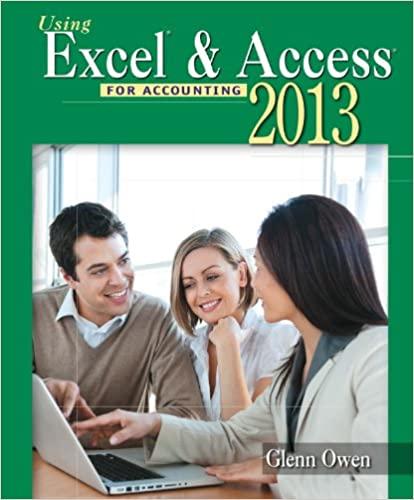Question
15. Corporation W owns 100% of the common stock of Corporation Z with a basis of $300. Z owns a rental building (its only asset)
15.Corporation W owns 100% of the common stock of Corporation Z with a basis of $300. Z owns a rental building (its only asset) with a gross fair market value of $3,000, subject to a non-recourse mortgage of $1,200. Z's adjusted basis for this building is $900. Z has $600 of E&P. Z is on the accrual method of accounting and reports on the calendar year. Z and W do not report on a consolidated basis. Z distributes the building to W in complete liquidation and W sells the building to Corporation V for $1,800 cash, subject to the debt.
a. W recognizes no gain on the liquidation under Section 332
b. Z has gain on the liquidation under Section 336.
c. W would recognize gain on the sale to V.
d. All of the above.
e. None of the above.
16.Same facts as Question 15, except that the liability on the building is $3,300 rather than $1,200.
a. W recognizes no gain or loss on the liquidation under Section 332.
b. Z recognizes $2,400 gain under Section 336.
c. Neither of the above.
d. Both A and B of the above.
17.Same facts as Question 15, and W owes Z additionally $1,200.
a. W has forgiveness of indebtedness income on the liquidation.
b. Section 332 does not apply.
c. Section 332 applies and W recognizes no income
d. None of the above.
18.Same facts as Question 15, except that W sells the Z stock to V for $1,800 cash instead of selling the building following a liquidation.
a. V should make a Section 338 election as a normal procedure in order to obtain a cost basis in the Z assets.
b. V should make a Section 338 election because of the tax under 338 on the hypothetical sale.
c. V should make a 338 election if it is an S Corporation.
d. None of the above.
19.Same facts as Question 15, except that besides W Corporation several shareholders own Z's pure preferred outstanding stock which represents 1/4 of the is equity value and which is entitled to 1/4 of Z's net asset value upon liquidation. Assume 1504(a)(4)(C) is met.
a. 332 does not apply because W does not own 80% of the voting stock and value of all classes of stock.
b Neither W nor the pure preferred shareholders would recognize gain.
c. Z would recognize no gain on a distribution of the building in-kind proportionately to W and the pure preferred shareholders.
d. Z would recognize gain under 337 on the distribution of the building in-kind since neither shareholder is an 80% distributee.
e. None of the above
Step by Step Solution
There are 3 Steps involved in it
Step: 1

Get Instant Access to Expert-Tailored Solutions
See step-by-step solutions with expert insights and AI powered tools for academic success
Step: 2

Step: 3

Ace Your Homework with AI
Get the answers you need in no time with our AI-driven, step-by-step assistance
Get Started


